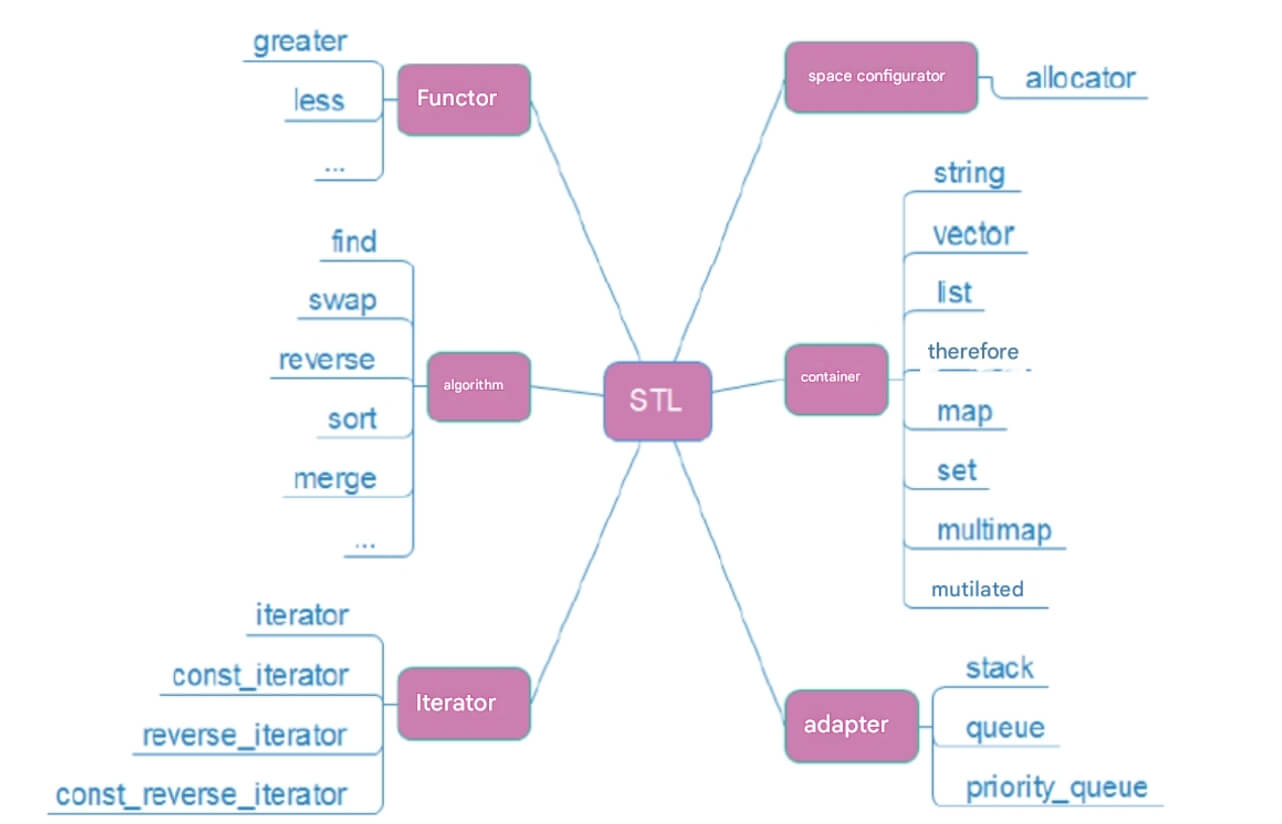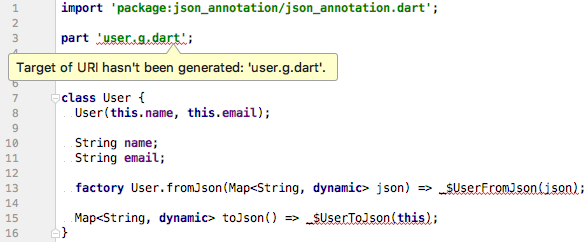When handling high-concurrency and locking transactions in Golang, you need to be mindful of several key issues to ensure program correctness, performance, and avoid potential deadlocks. Here are the main issues to watch out for:
1. Deadlock
Deadlock occurs when two or more Goroutines wait for each other to release locks, causing the program to become permanently blocked. To avoid deadlock, keep in mind the following:
Locking order: Ensure that all Goroutines acquire locks in the same order. If different Goroutines request multiple locks in a different order, deadlock may occur.
Example:
// Goroutine 1: mu1.Lock() mu2.Lock() // Goroutine 2: mu2.Lock() mu1.Lock() // Potential deadlock
Minimize lock holding time: Keep the locked code block as short as possible to improve performance and reduce the chances of deadlock.
Use defer to unlock: Always use
deferto ensure locks are released, preventing potential lock release oversights.
mu.Lock() defer mu.Unlock()
2. Lock Granularity
Lock granularity determines how fine-tuned concurrency is in your program. Coarse-grained locks can lead to performance bottlenecks, while fine-grained locks increase complexity.
Fine-grained locking: Try to limit the scope of locks to improve concurrency. For example, use a separate lock for each resource rather than a global lock.
type Resource struct {
mu sync.Mutex
data int
}
var resources = make(map[int]*Resource)
func updateResource(id int, newData int) {
res := resources[id]
res.mu.Lock()
defer res.mu.Unlock()
res.data = newData
}Read-Write Lock: If there are many read operations and few write operations, use
sync.RWMutexto improve concurrency.RLock(): Allows multiple Goroutines to read concurrently.Lock(): Exclusive lock for writing.
var rwMutex sync.RWMutex
func readData() {
rwMutex.RLock()
defer rwMutex.RUnlock()
// Read data
}
func writeData() {
rwMutex.Lock()
defer rwMutex.Unlock()
// Write data
}3. Performance Bottlenecks
High-concurrency locking transactions can easily become performance bottlenecks due to severe lock contention or long lock-holding times.
Lock contention: When multiple Goroutines compete for the same lock, performance may degrade. Reduce lock contention by:
Narrowing the lock scope and minimizing lock-holding time.
Using read-write locks to allow concurrent reads.
Using lock-free or concurrency-safe data structures when possible.
4. Avoid Double Locking
If a Goroutine tries to acquire the same lock within a locked code block, it could lead to deadlock or other issues. Avoid re-acquiring the same lock within a Goroutine, especially in recursive functions where locks might accidentally be re-acquired.
5. Proper Use of Locks
Use sync.Mutex and sync.RWMutex: Prefer using Golang’s standard library locks (
sync.Mutex,sync.RWMutex) as they are optimized for concurrent Goroutine use.Avoid overusing locks: Not every case requires locking. In some scenarios, lock-free data structures or other concurrency mechanisms like channels might be more efficient.
6. Transaction and Locking
In high-concurrency transaction scenarios, multiple transactions may need to lock the same shared resource to ensure data consistency and atomicity. Locking is typically needed for:
Atomicity: Ensure that all steps in a transaction succeed or fail together. Use locks to guarantee atomicity when working with shared resources.
Protecting shared resources: When multiple Goroutines read or write the same resource, use locks to ensure correct operations.
7. Use of Atomic Operations
For simple counters or status values, use atomic operations from sync/atomic rather than locks. Atomic operations are lock-free and more performant.
import "sync/atomic"
var counter int64
func increment() {
atomic.AddInt64(&counter, 1)
}8. Avoid Lock Starvation
Lock starvation occurs when some Goroutines are unable to acquire locks for long periods because other Goroutines hold or frequently acquire the lock.
Fairness of locks: Go's
sync.Muteximplements a non-fair lock, meaning Goroutines acquire locks in a non-determined order. In high-priority cases, this may cause some Goroutines to starve. If fairness is important, consider other lock implementations or adjust the code to prioritize critical tasks.
9. Using Channels Instead of Locks
In Go, channels can be used for synchronization and shared data transfer without locks. Channels provide a lock-free concurrency control mechanism.
ch := make(chan int)
go func() {
ch <- 42 // Send data to the channel
}()
data := <-ch // Receive data from the channel
fmt.Println(data)Conclusion
When handling high-concurrency locking transactions in Go, careful design of lock usage is crucial. Be mindful of potential deadlocks, lock contention, and performance bottlenecks. Key strategies include:
Minimizing lock-holding time and using fine-grained locks.
Using read-write locks to improve read concurrency.
Avoiding double-locking and lock starvation.
In appropriate cases, consider using lock-free atomic operations or channels to replace locks.
Locks are essential tools for ensuring data consistency in high-concurrency scenarios, but using them properly will prevent performance and complexity issues.





